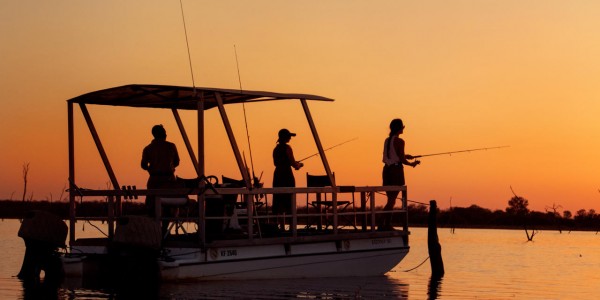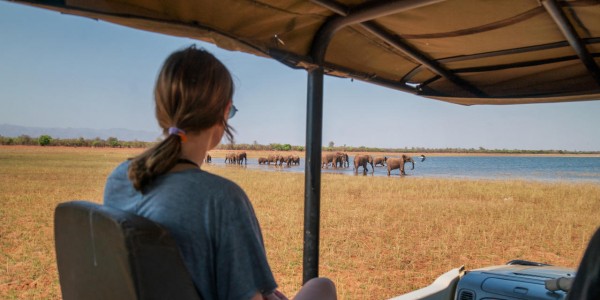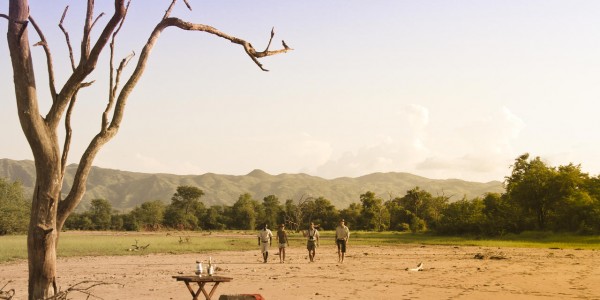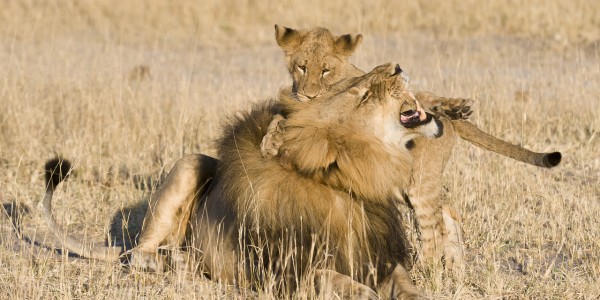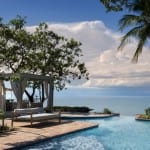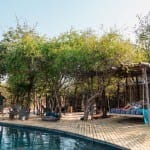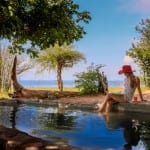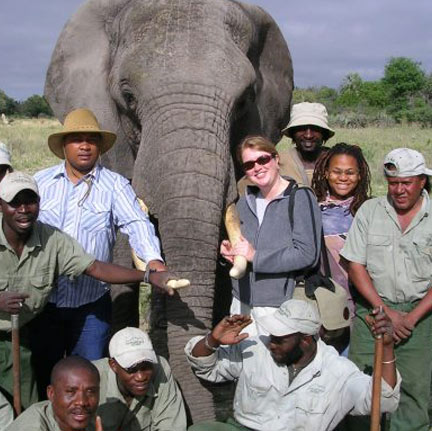The Matusadona National Park is situated on the southern shore of Lake Kariba and covers an area of 1 407 square kilometres. Its boundaries are natural: the Ume River to the west, the Sanyati River to the east, Lake Kariba to the north, and the Matusdona Mountain range to the South.
Matusadona National Park & Lake Kariba
Why visit Matusadona National Park & Lake Kariba ?
The damming of the Zambezi River to form Lake Kariba was completed in the late 1950’s. The project was carried out to provide hydro-electric power to the countries of the Federation of Rhodesia and Nyasaland, now Zambia, Malawi and Zimbabwe. On completion of the dam the waters rose far faster than initially anticipated and the legendary Operation Noah saw a small but dedicated team of wildlife specialists rescue over 5 000 different animals trapped by the advancing lake waters. The lake is now a haven for animals and birds and marvellous for those who wish to go fishing or canoeing. A visit to the dam wall makes for a fascinating excursion as does a visit to the church of Saint Barbara, built by Italians in honour of those who died during the dam’s construction.
The remoteness of this protected area combined with the plentiful water supply provided by the lake combine to make the Matusadona home to a wide variety of wild animals. The big five: black rhino, elephant, lion, leopard and buffalo are all found here. Hippo and crocodile and a wide variety of water birds make use of the lake. Kudu, warthog, zebra, bush buck, impala, and numerous antelope species as well as over 350 documented bird species are also here. The call of the African fish eagle is frequently heard and ground hornbill, vultures, bateleurs, storks, geese, ducks, plovers and other water birds abound.
One of the striking features of the shoreline in the Matusadona is the forest of drowned trees. These make navigating the lake tricky, but form important habitats for aquatic birds and breeding grounds for the fresh water fish.
LOCATION
ZIMBABWE INFO
Visa
A Visa is required for UK passport holders.
Health Requirements
No mandatory vaccinations are required.
Time Difference
GMT + 2 Hours
Flight Time
12.5 hours with one stop
NEWSLETTER SIGNUP
Keep up-to-date with the latest travel trends, inspiration for future trips and competitions to win luxury travel vouchers.
Subscribe













